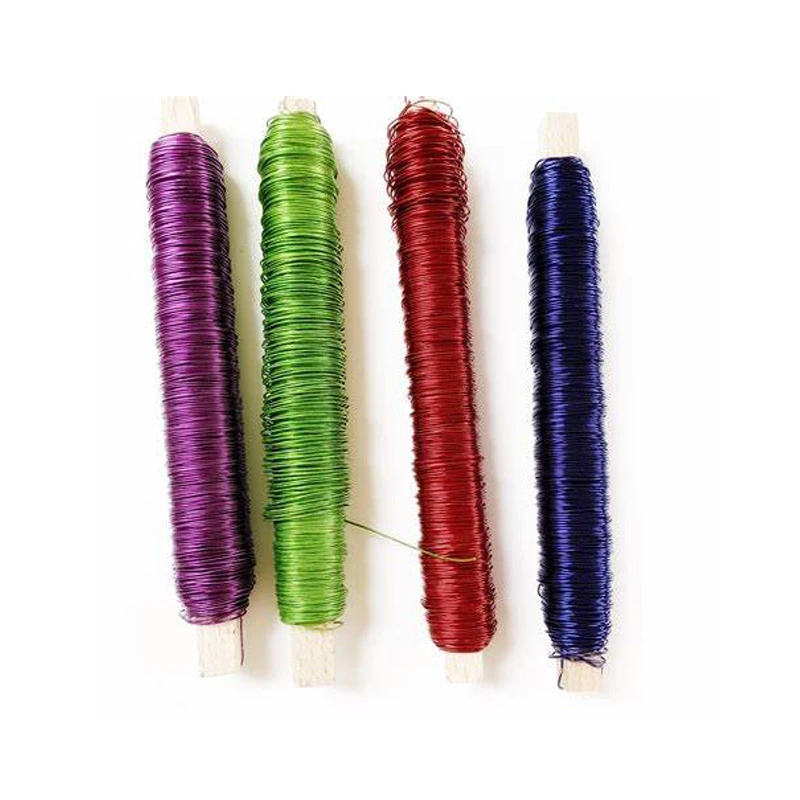
- Mobile Phone
- +8613931874955
- sales@cntcmetal.com
Choosing the Best Materials for Cattle Fencing Solutions
Cattle Fencing Materials A Comprehensive Guide
Fencing is a crucial element in managing cattle farms. It not only helps contain livestock but also protects crops, ensures the safety of neighboring properties, and minimizes the risk of cattle wandering off. Choosing the right materials for cattle fencing is essential to create a durable, effective, and cost-efficient solution. This article outlines the various materials available for cattle fencing, their benefits, and considerations for selection.
1. Wood Fencing
Wood has been a traditional fencing material for centuries. While it provides an aesthetically pleasing appearance, it is also relatively strong and can deter cattle effectively. Common types of wood used for fencing include cedar, pine, and redwood.
- Advantages - Aesthetic appeal - Strong and sturdy - Can be treated for extra durability against rot and pests
- Disadvantages - Requires regular maintenance (staining or painting) - More expensive than some alternative materials - Can be susceptible to weather damage and pests
2. Barbed Wire Fencing
Barbed wire is one of the most commonly used materials for cattle fencing. It consists of strands of wire twisted together with sharp barbs at intervals, creating a barrier that discourages cattle from pushing against or escaping through the fence.
- Advantages - Cost-effective - Quick and easy to install - Provides a strong barrier when installed correctly
- Disadvantages - Can pose a risk of injury to cattle if they become entangled - Requires periodic maintenance to ensure barbs remain sharp and effective
3. Electric Fencing
Electric fencing uses a charged wire to deter cattle from crossing a boundary
. It can be an effective solution for temporary fencing or managing multiple pastures, as it is lightweight and easy to deploy.cattle fencing materials

- Advantages - Highly effective for controlling cattle movement - Can be adjusted easily for different applications - Flexible and often cheaper than permanent fencing solutions
- Disadvantages - Requires a reliable power source - Initial setup costs can be significant if including energizers and grounding systems - May not withstand strong environmental conditions without additional support
4. Vinyl Fencing
Vinyl fencing has gained popularity in recent years due to its aesthetic appeal and low maintenance requirements. While it is commonly used for residential properties, it can also be used for livestock fencing when reinforced properly.
- Advantages - Durable and long-lasting - Low maintenance (no painting or staining) - Available in various colors and styles
- Disadvantages - Higher upfront cost compared to wood or barbed wire - May not offer the same level of deterrence against larger animals - Potentially less effective in extremely high heat conditions where it can become pliable
5. Stock Fencing
Stock fencing, often referred to as wire mesh fencing, is specifically designed for containing livestock. It consists of a series of vertical wires that are spaced apart, creating a sturdy barrier.
- Advantages - Provides a solid barrier against escape - Can accommodate various livestock sizes - Requires minimal maintenance
- Disadvantages - Installation can be labor-intensive - More expensive than simple wire models - Might not be aesthetically pleasing for some farm owners
Conclusion
Selecting the right cattle fencing materials depends on various factors, including budget, specific farm needs, and personal preferences. While wood provides a classic look, barbed wire and electric fencing offer practicality and efficiency. Vinyl and stock fencing present modern alternatives that merge aesthetics with functionality. Whatever option you choose, properly installed and maintained fencing is essential for a healthy, secure, and productive cattle operation. Always consider the long-term implications of your fencing choice to ensure the best outcome for your farm and livestock.
share:
-
Your Source for Concrete Wall Ties and Masonry AccessoriesNewsJul.10,2025
-
Unlocking the Power of Iron Wire for Every ProjectNewsJul.10,2025
-
Explore Advanced Chain Wire and Stainless Steel Mesh FencingNewsJul.10,2025
-
Discover the Benefits of Annealed Wire ProductsNewsJul.10,2025
-
Discover China Stainless Steel Wire Mesh SolutionsNewsJul.10,2025
-
Build with Confidence Using High-Performance Masonry AccessoriesNewsJul.10,2025
-
Why Sacrificial Formwork Is Redefining Underground ConstructionNewsJun.06,2025



















